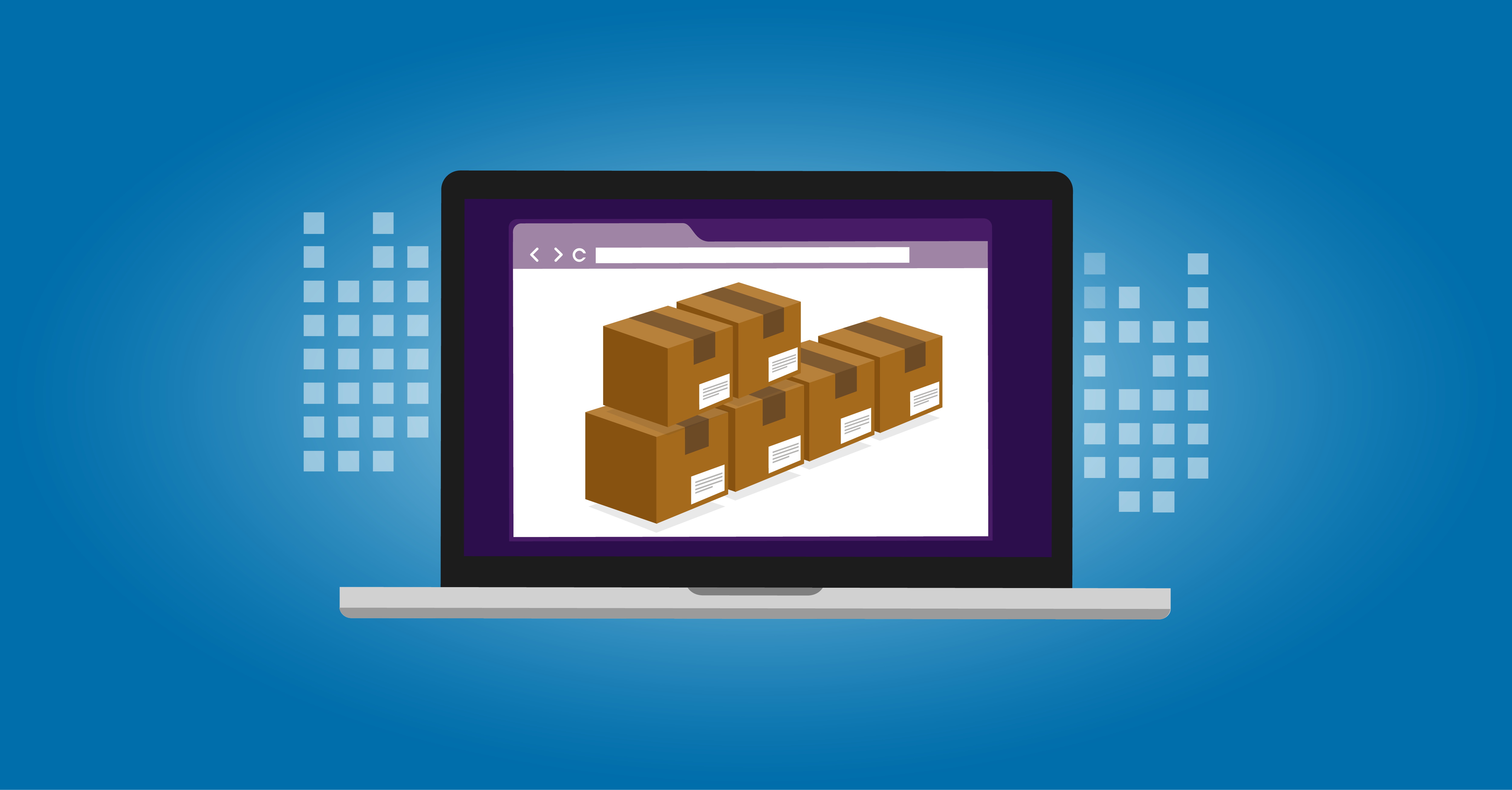Happy Halloween! On behalf of the entire Synergy Merchants team, we wish you all a…

Is It Time To Stock Up On New Inventory?
The answer to the question posed by the title of today’s blog may be harder to know than you think. Taking a quick glance at the shelves in your store doesn’t necessarily give you an accurate indication of how much product you may need to order. What do you have sitting on the shelves of your stockroom? How much of your products are still sitting in boxes in a warehouse? Knowing whether or not you need new inventory requires adequate inventory management.
“Inventory management is the act of keeping track of a company’s stocked goods and monitoring their weight, dimensions, amounts, and location,” explains Casandra Campbell on Shopify.ca, “The goal of inventory management is to minimize the cost of holding inventory by helping business owners know when it’s time to replenish products, or buy more materials to manufacture them.”
Why is inventory management so important?
As you’re likely aware, it’s imperative that you have enough supply to meet the demand of your customers. However, it’s equally important to not have so much inventory on hand that you are left over with an excess of unsold merchandise. Naturally, this leads to lower profits and wasted goods.
A product that can no longer be sold is known as “dead stock”, Campbell informs. Food products that have gone passed their expiry dates, for example, are part of “spoilage” that business owners should avoid at all costs. Non-food items can go out of style, be out of season or otherwise become irrelevant, she notes. Proper inventory management helps you to avoid all of the above.
Stay on top of your inventory every day.
Taking stock of what you have is something that should be a daily chore. Sure, it may seem like a tiresome task, but it will be well worth it in the long run. Not only will it help you to avoid spoilage and dead stock, but it will quickly alert you to what products need to be restocked immediately. The last thing you want is to tell your customers that you are “sold out”. In today’s incredibly competitive market, you’re bound to lose customers to competitors when they leave your store empty-handed.
On Fundera.com, Margaret Spencer insists that business owners take inventory every day. “For starters, product discrepancies and shrinkage can slip through the cracks if you’re only doing inventory on an infrequent or irregular basis,” she writes, “Taking stock of products every day—or week, if that’s more doable for you—helps you identify recurring trends. That might make it easier to predict how you should order. “
Taking stock of inventory saves you in storage costs.
As mentioned, proper inventory management isn’t just about restocking empty shelves. It’s also about ensuring you don’t have too much of any one item. As Campbell notes, when you have too much inventory on the shelves – especially if they are slow-moving – your storage costs will rise.
“Warehousing is often a variable cost, meaning it fluctuates based on how much product you’re storing,” she writes, “When you store too much product at once or end up with a product that’s difficult to sell, your storage costs will go up. Avoiding this will save you money.”
For over a decade, Synergy Merchants has helped Canadian business owners to buy new inventory in bulk with the help of its unique merchant cash advance program. Is it time for you to stock up on new inventory? Please don’t hesitate to give us a call at 1-877-718-2026 or email us at info@synergymerchants.com.



